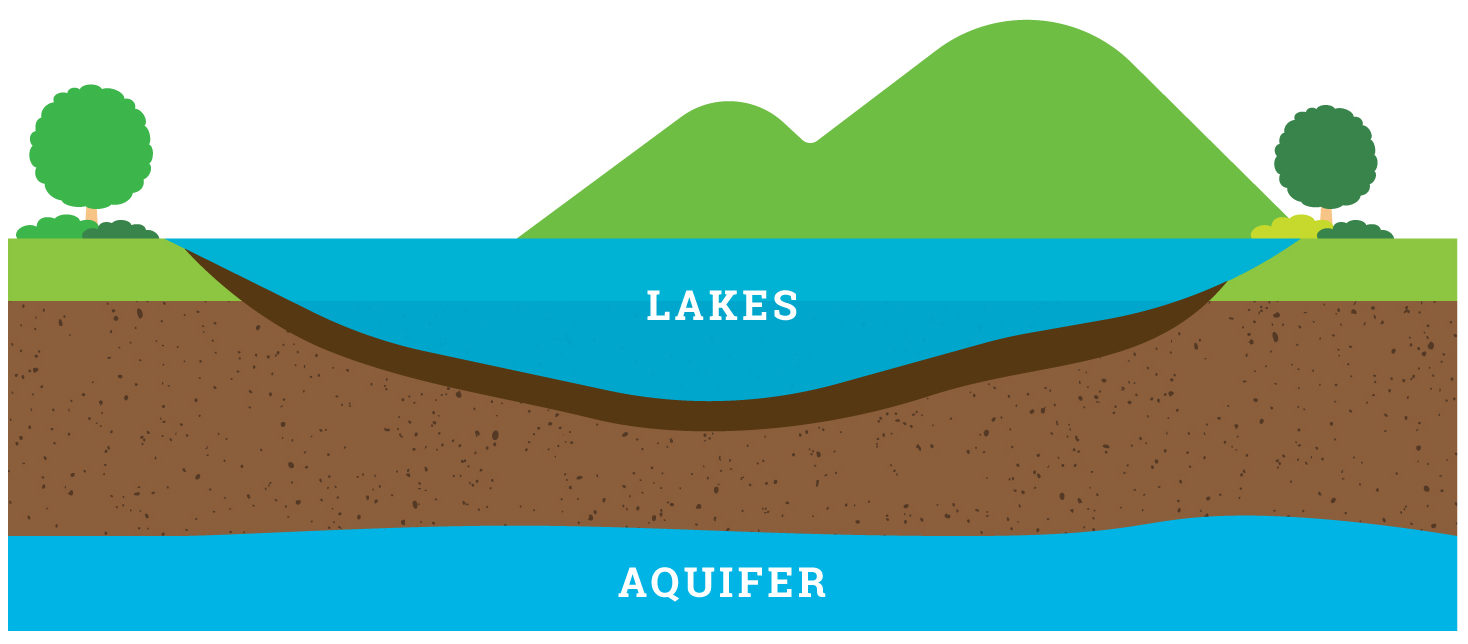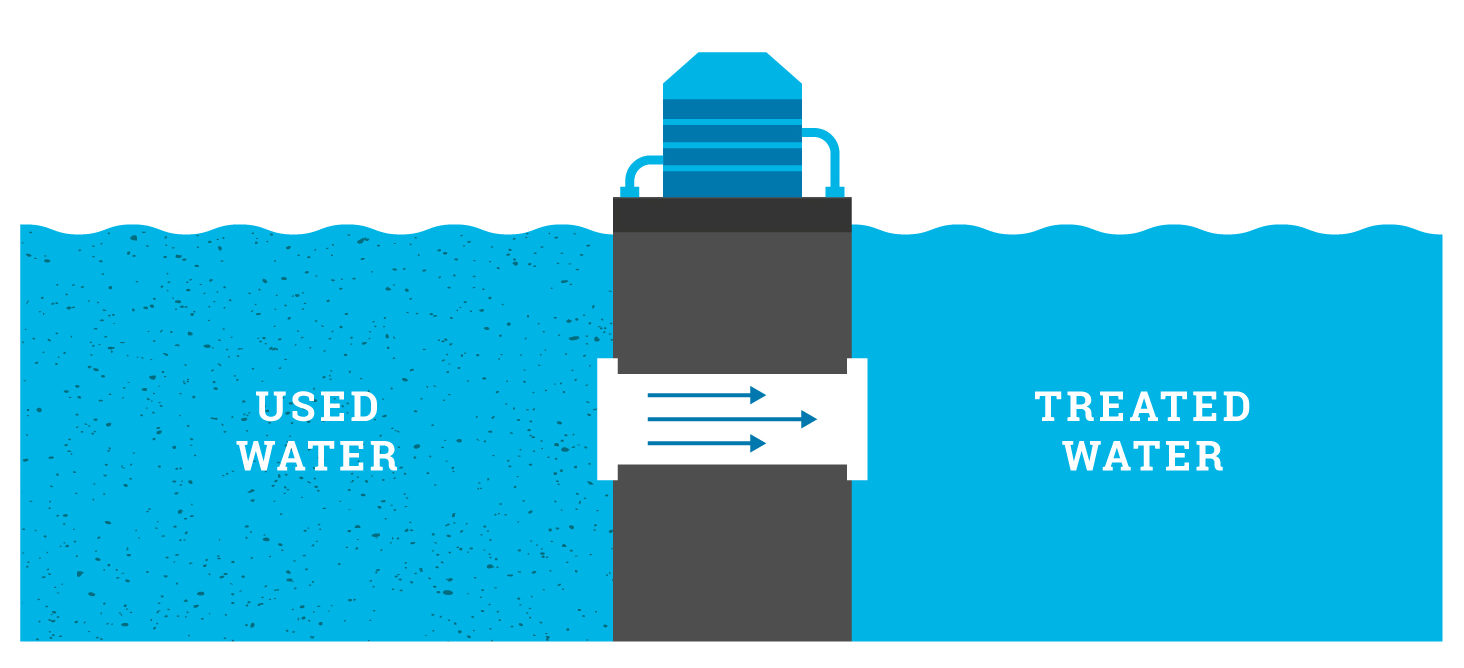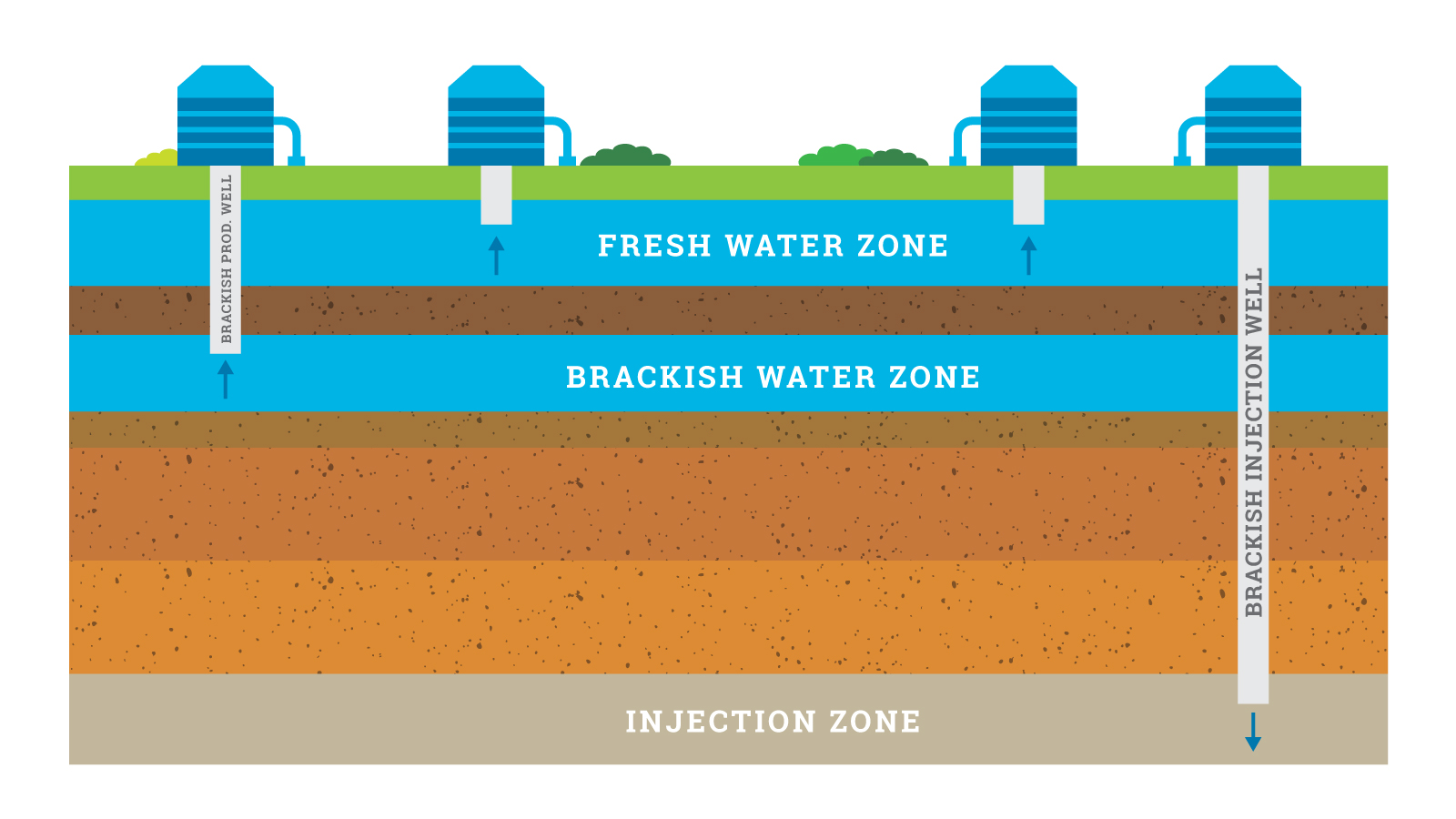Every little bit counts Whether you’re trying to lower your water bill, have the health…
More residents means more water
As one of the fastest-growing cities in the nation, San Antonio welcomes more than 66 new residents every day. That’s almost 2,000 per month and more than 23,000 per year! That number doesn’t look like it’ll be slowing down anytime soon.
Every single one of those residents, as well as all of the city’s businesses, needs access to high-quality, plentiful water, which is why SAWS is always finding new and innovative ways to provide water to our city. The diversification of our water sources is a safeguard for our future. In fact, through careful water planning, SAWS has secured enough water for at least 50 years through the Vista Ridge Pipeline Project.
Understanding San Antonio’s water sources can be complicated, so we’ve simplified each major type to help you visualize how SAWS is able to secure so much high-quality water for its residents.
Surface water
The Edwards Aquifer is a massive underground reservoir, and the source for most of San Antonio’s drinking water. The dynamics and size of this geologic anomaly make it one of the most wondrous aquifers in the nation, through its storage capacity, flow characteristics, water producing capabilities and efficient recharging ability. The Edwards Aquifer and its catchment area in the San Antonio region is about 8,000 square miles and includes all or part of 13 counties in South Central Texas. We also pull water from several other aquifers, and even some nearby lakes.

Recycled water
San Antonio boasts the largest direct recycled water delivery system in the nation. SAWS recycling centers take wastewater and treat it, so it becomes usable again. More than 130 miles of pipeline deliver high-quality recycled water used by golf courses, parks, commercial and industrial customers, as well as San Antonio’s famous River Walk.
Not only does this open up an entire source of water that was previously unusable, but the recycling process also produces organic biosolids and methane gas, two valuable resources that are then sold commercially through local retailers/nurseries and sold to an energy company.

Desalinated water
Before the implementation of innovative desalination technology, San Antonio was missing out on millions and millions of gallons of drinking water, just because it was slightly salty. The SAWS H2Oaks Center pulls brackish (slightly salty) water from nearly 1,500 feet underground in the nearby Wilcox Aquifer and removes the salt so that we can safely drink it. The concentrate/brine pulled from the water is then injected back into the earth more than a mile deep, keeping it far away from the fresh water zone.
The plant can produce 12 million gallons per day of finished water—enough to supply up to 53,000 households—using a filtering process called reverse osmosis. Not only is there a huge supply of this desalinated water, but since it’s underground, it’s unaffected by drought conditions.

Ready for what comes next
Not long ago, San Antonio was totally dependent on pumping solely from the Edwards Aquifer. But with the Edwards subjected to pumping limits during drought, a single-source approach moving forward was no longer practical. Using the water resources available to us naturally, as well as investing in new and innovative ways to treat the water that was previously unusable, is all part of SAWS’ mission to responsibly plan for a growing San Antonio.
All this water wouldn’t be as valuable if SAWS and San Antonio residents didn’t know how to conserve it properly. We have a plentiful supply of water, but it’s up to all of us to use it wisely so we can enjoy it generation after generation.


